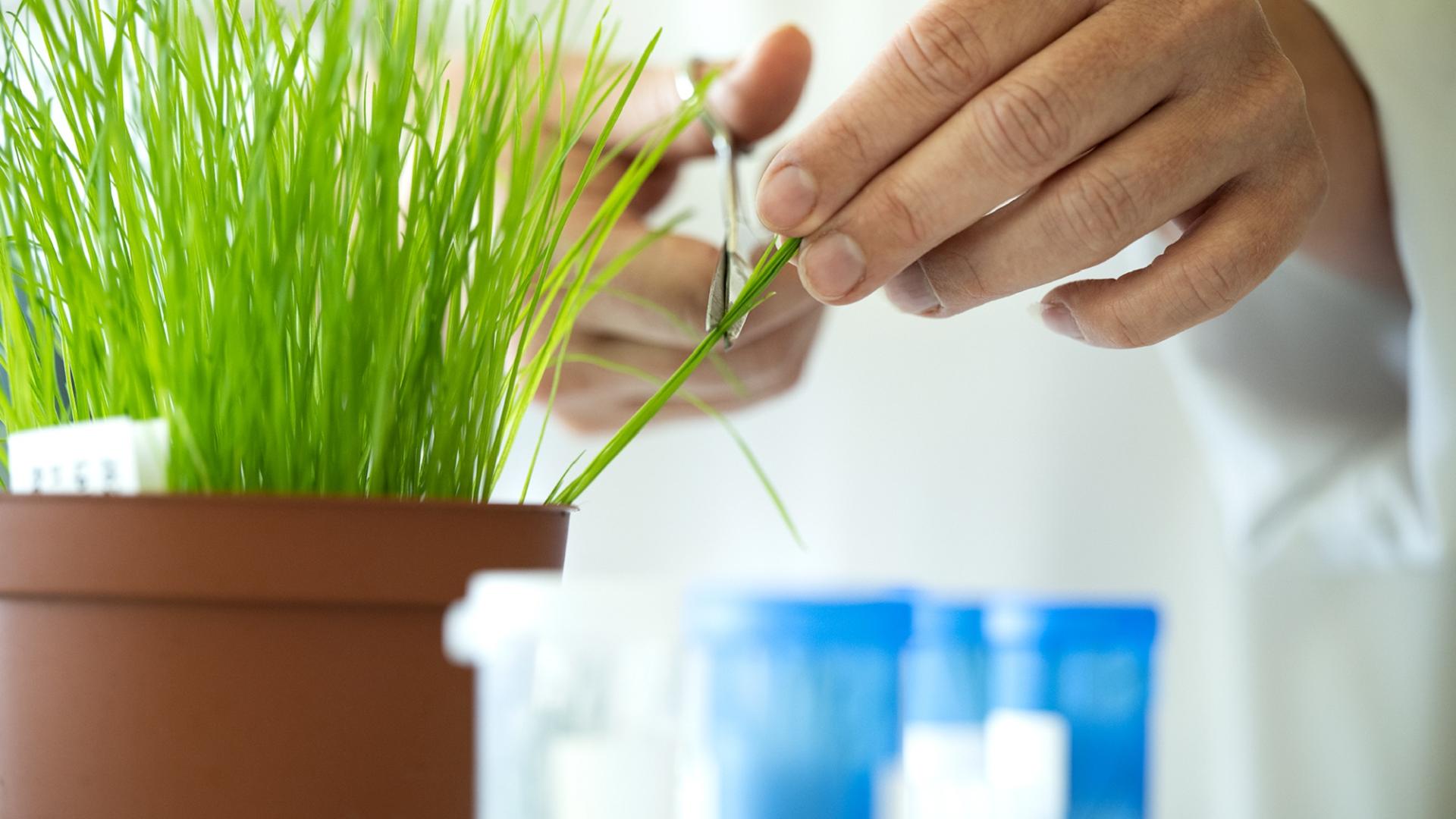How grass kinetics can make a difference
Improved fiber digestibility in forage is a way to reach better results and feed efficiency for milk and meat production

Forage digestibility can be measured in several ways
The vast majority of methods (incl. ADF, ADL, OMD, DNDF, NDFD) rely on end-point measurements, where forage samples have been incubated in rumen sap, enzyme mixtures, or acids, for 24-72 hours
Although these measurements give valuable information on total digestibility (or indigestibility), they do not provide information on the rate of digestion from intake to output. Such information can only be obtained through kinetic studies, where forage material is incubated at different durations. They reveal that more than 80 per cent of what can be digested is digested within the first 8 hours. This period is therefore much more important than the remaining 16 hours it takes for the forage to pass through the stomachs and intestines.
A good measure for this period is the point at which 50 per cent digestion is reached. For the two varieties displayed this point differs with one hour. Imagine how much more a cow could digest in one hour? That equals significantly higher feed intake and more milk in the bucket. In the DLF forage analysis system variety 1 would be classified as a “Fiber Energy” variety, because it requires less rumination and provides more energy for milk production. So, next time you gaze at a grazing herd, if all cows are standing, they are probably enjoying a highly digestible variety full of energy.
Read more about forage kinetics in the full article published in European Seed's Insiders.